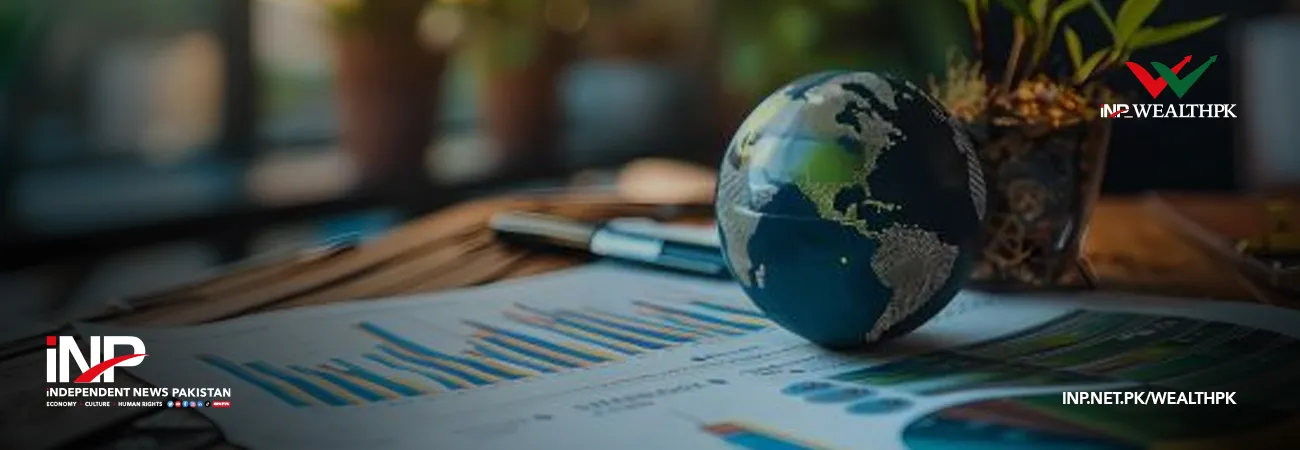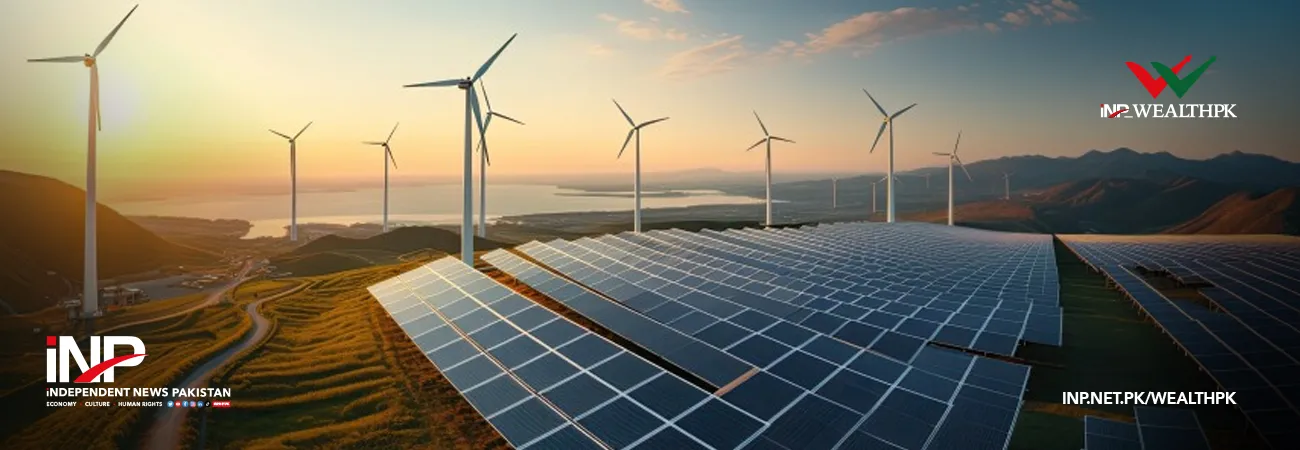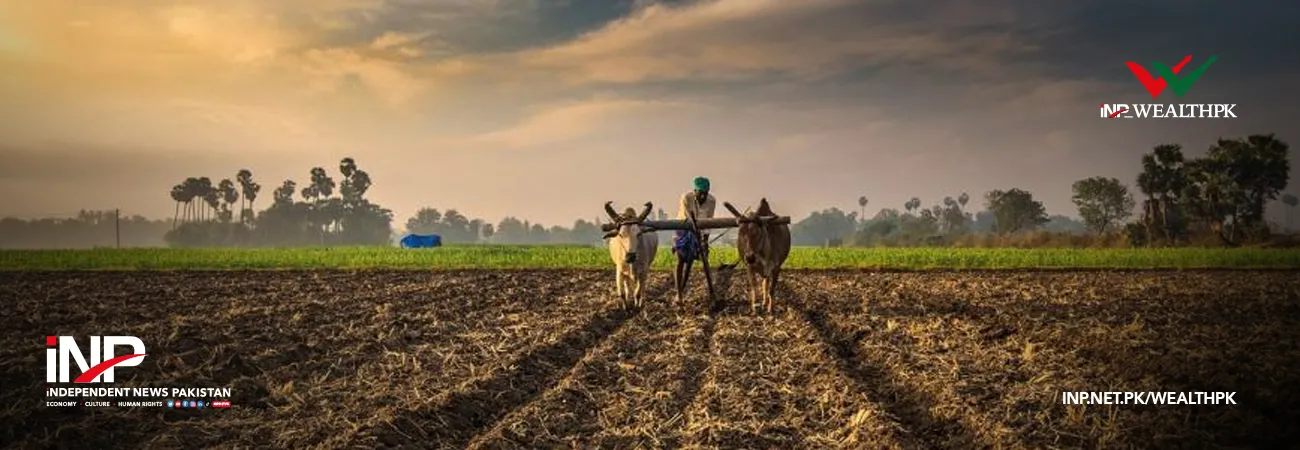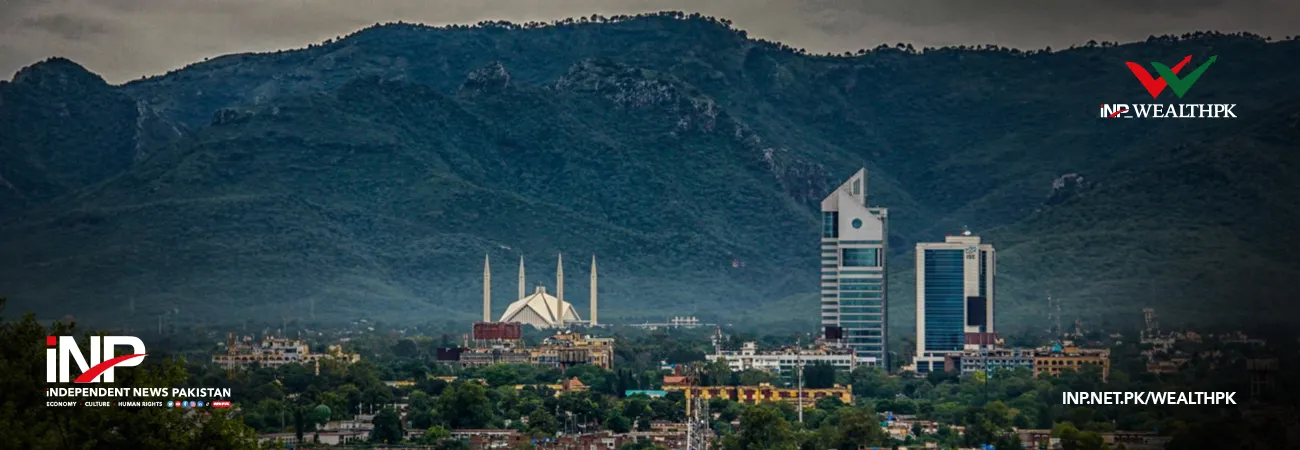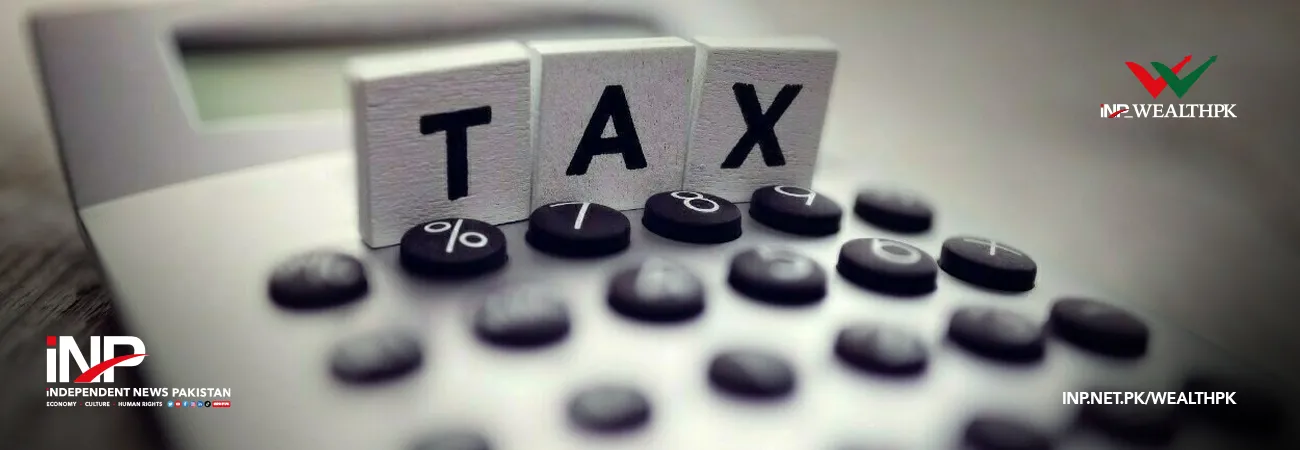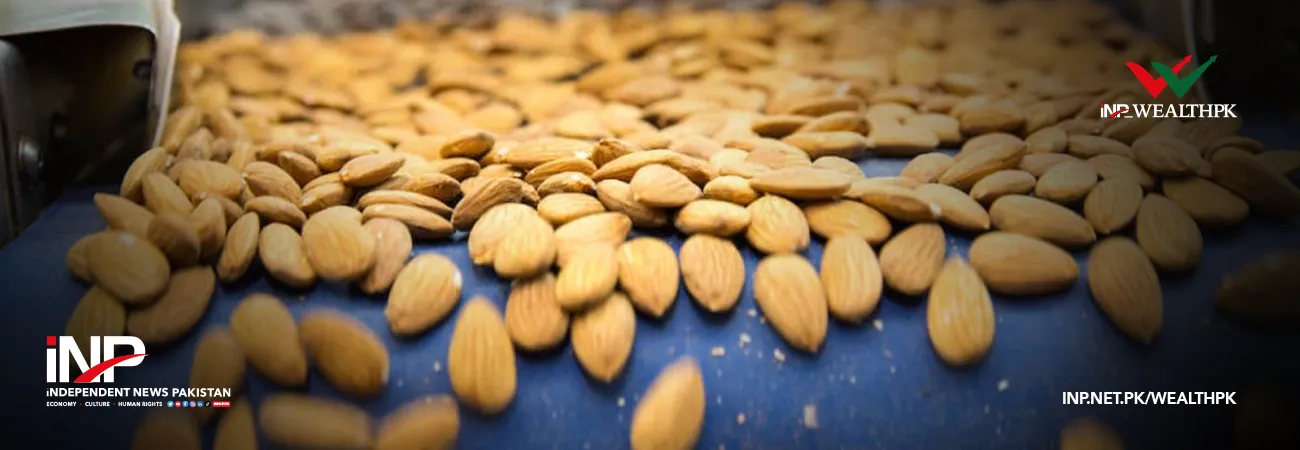INP-WealthPk
Moaaz Manzoor
Pakistan’s economic outlook has improved with Fitch Ratings reaffirming the country’s ‘CCC+’ rating (upgraded from ‘CCC-’ in July 2024). Fitch cited economic stability and improved reserves, but warned that sustaining progress depends on reforms, external financing, and policy continuity, reports WealthPK.
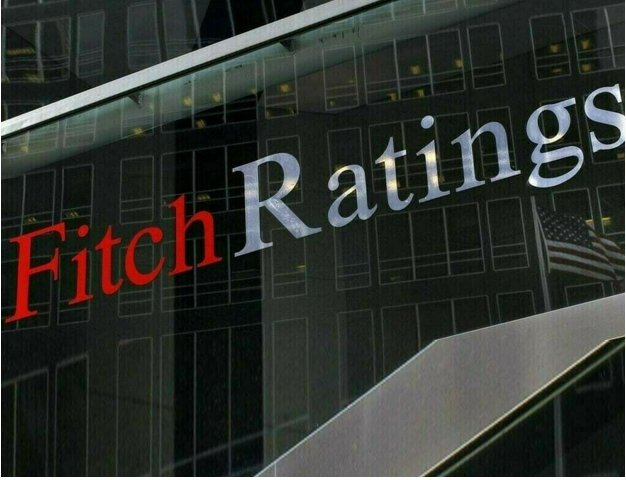
Fitch Ratings has recognised Pakistan’s economic progress, citing improved stability and stronger external buffers while stressing the need for structural reforms to sustain financial assistance. It noted that the State Bank of Pakistan's decision to cut policy rates to 12% on January 27 highlights significant disinflation, with consumer price inflation falling to just over 2% year-on-year in January 2025, down from an average of nearly 24% in FY24.
The current account balance turned into a surplus of $1.2 billion in the six months leading to December 2024, supported by strong remittances, agricultural exports, and tight policy measures. Foreign reserves climbed to $18.3 billion by the end of 2024, covering three months of external payments, though Pakistan still faces $22 billion in external debt obligations in FY25. In July 2024, Fitch upgraded Pakistan’s credit rating from ‘CCC-’ to ‘CCC+’, reflecting improved external liquidity and macroeconomic stability.
Speaking with WealthPK, Ali Najib, Head of Equity Sales at Insight Securities, stated: "Pakistan’s improved credit ratings indicate better debt sustainability and investor confidence.” He attributed the narrowing current account deficit to controlled imports and robust remittances but noted that sustaining growth requires fiscal discipline, policy stability, and structural reforms to attract long-term investment.
He emphasised that IMF-backed reforms and monetary easing aim to spur economic recovery, yet challenges persist, particularly concerning external financing and political uncertainty. Muhammad Saeed Khalid Siddique, Chief Economist & Market Strategist at Adam Securities Limited, observed that as macroeconomic indicators improve, purchasing power is recovering due to stable currency parity and lower interest rates. He projected GDP growth between 2.75% and 3.0% in FY25, with further rating improvements expected in FY26 as more inflows materialise to meet Pakistan’s debt liabilities.
He pointed out that recent credit rating upgrades signal economic revival, but long-term stability hinges on securing external financing and maintaining a credible reform agenda. With controlled inflation, rising reserves, and better credit ratings, Pakistan's economic outlook has improved. However, sustaining momentum requires fiscal prudence, external financing, and policy continuity to ensure lasting macroeconomic resilience and investor confidence.
Credit: INP-WealthPk



